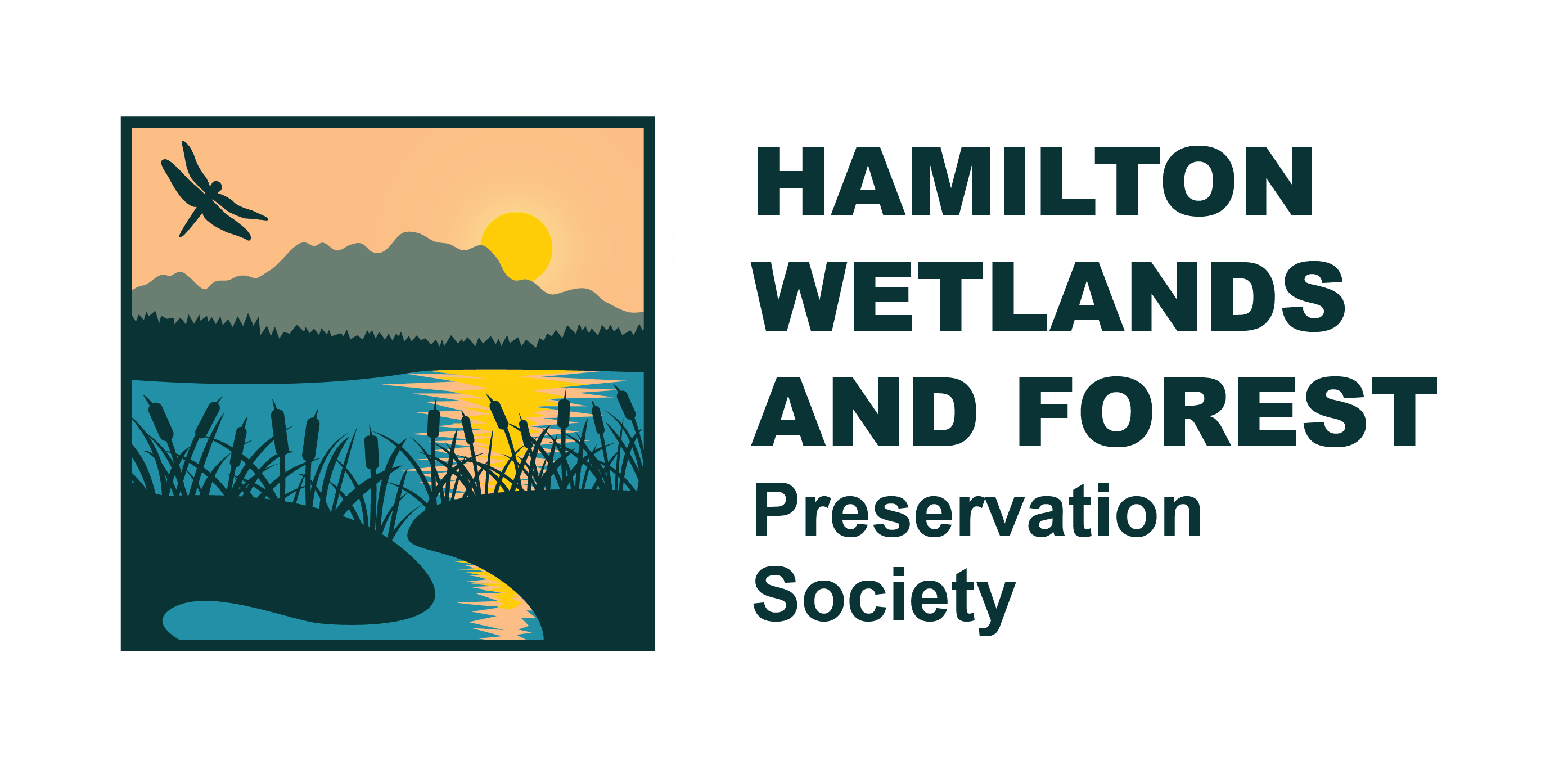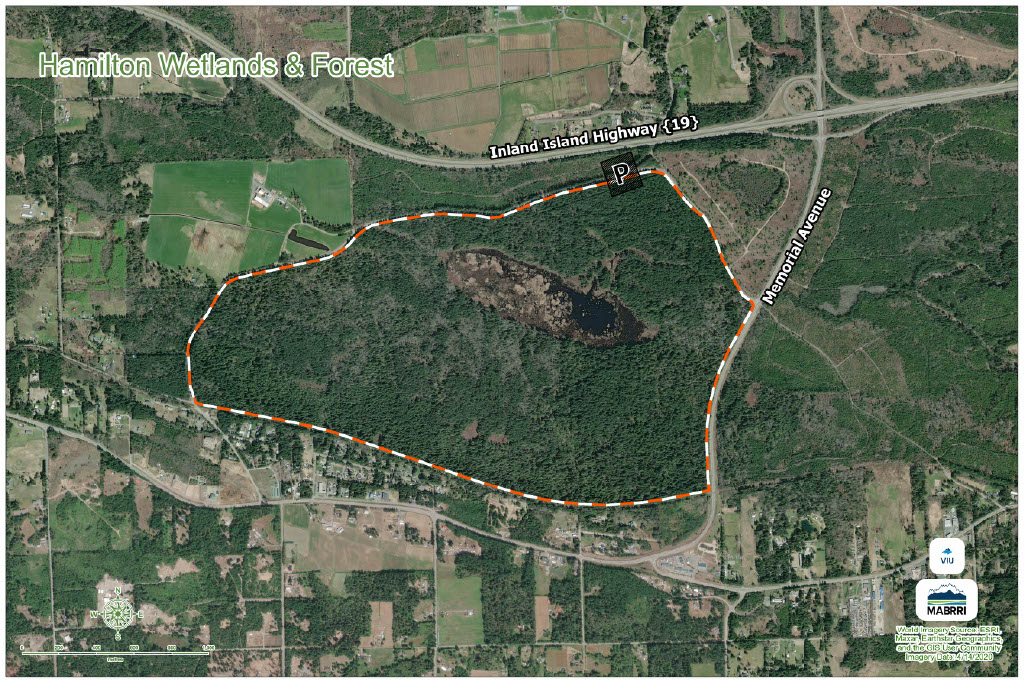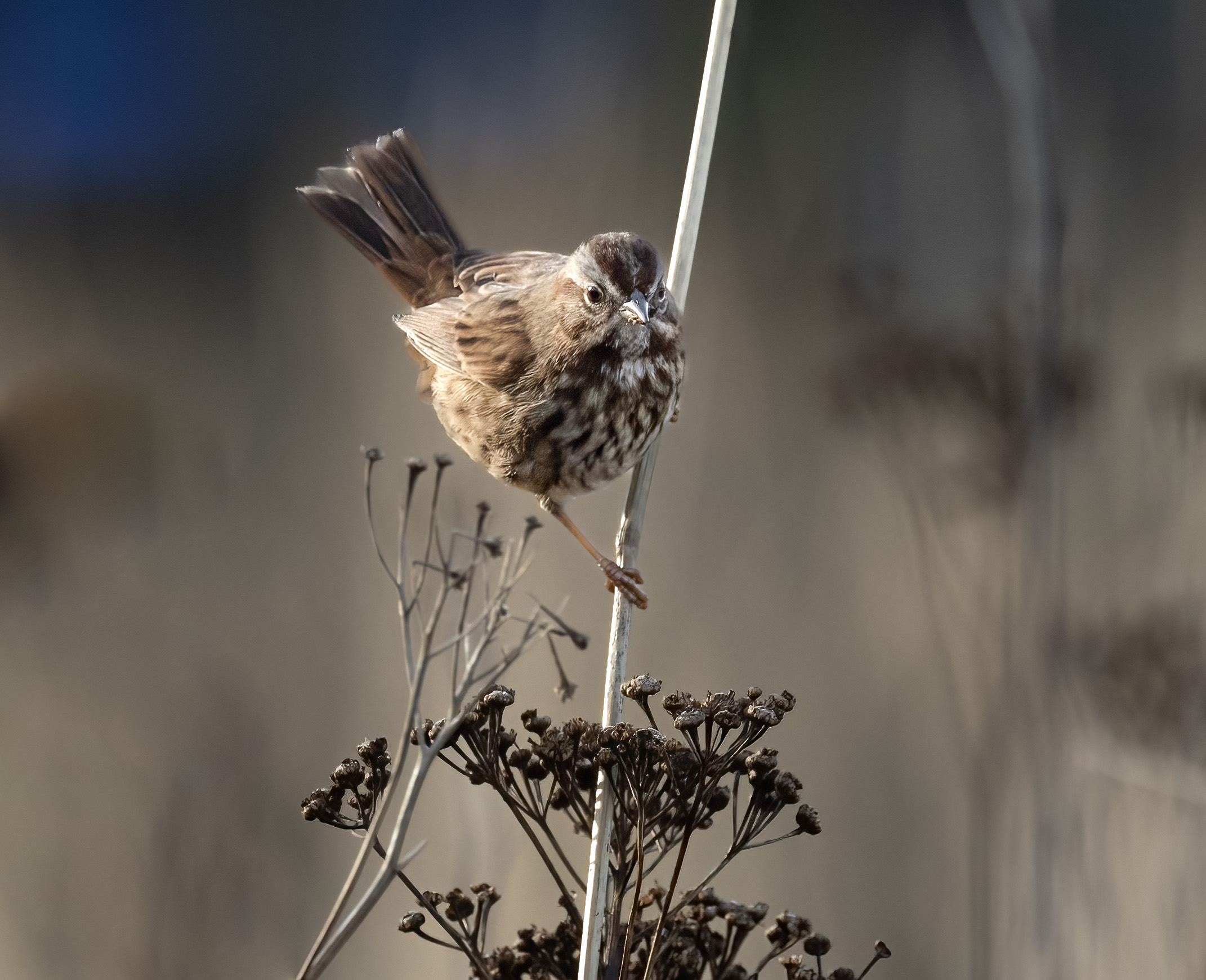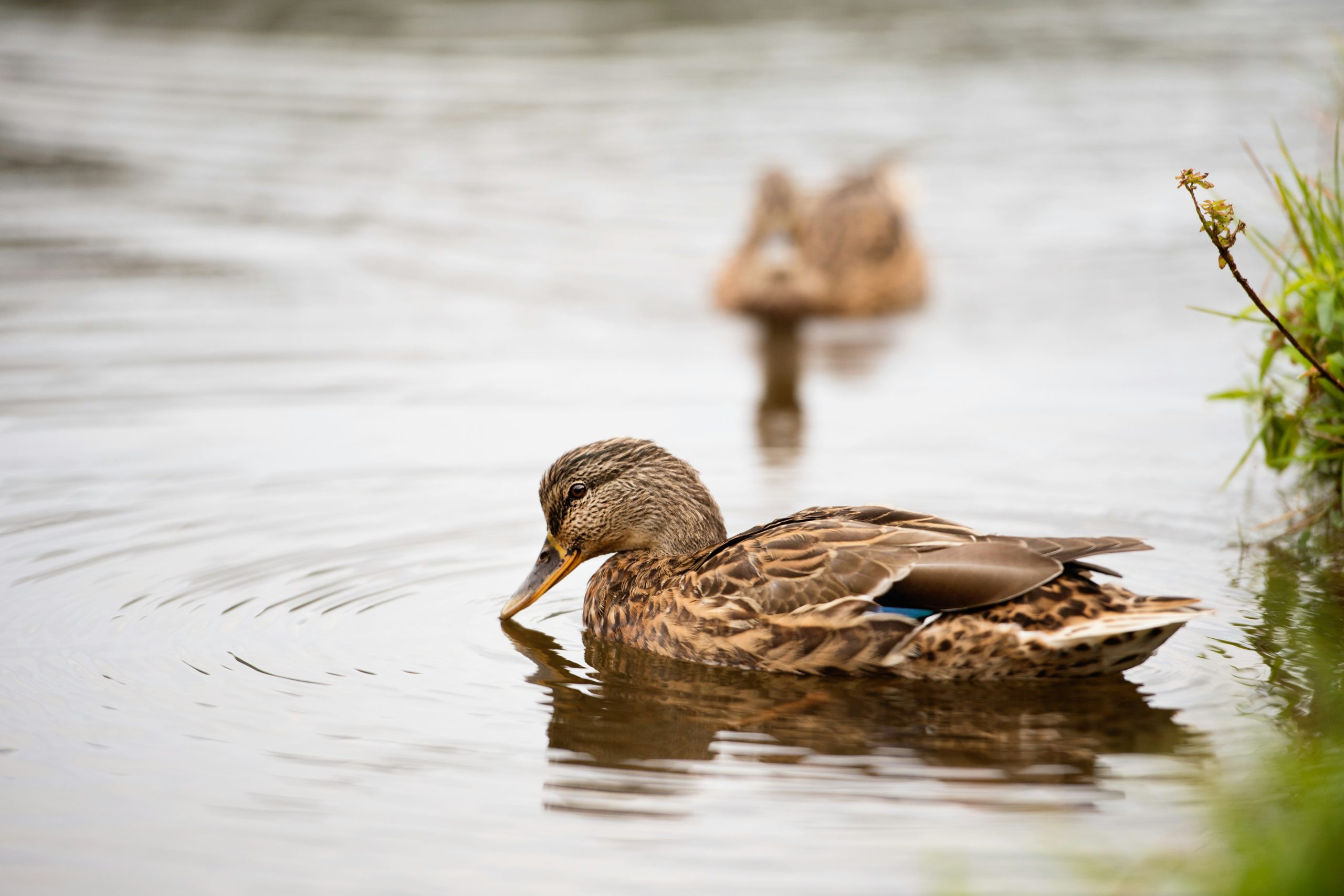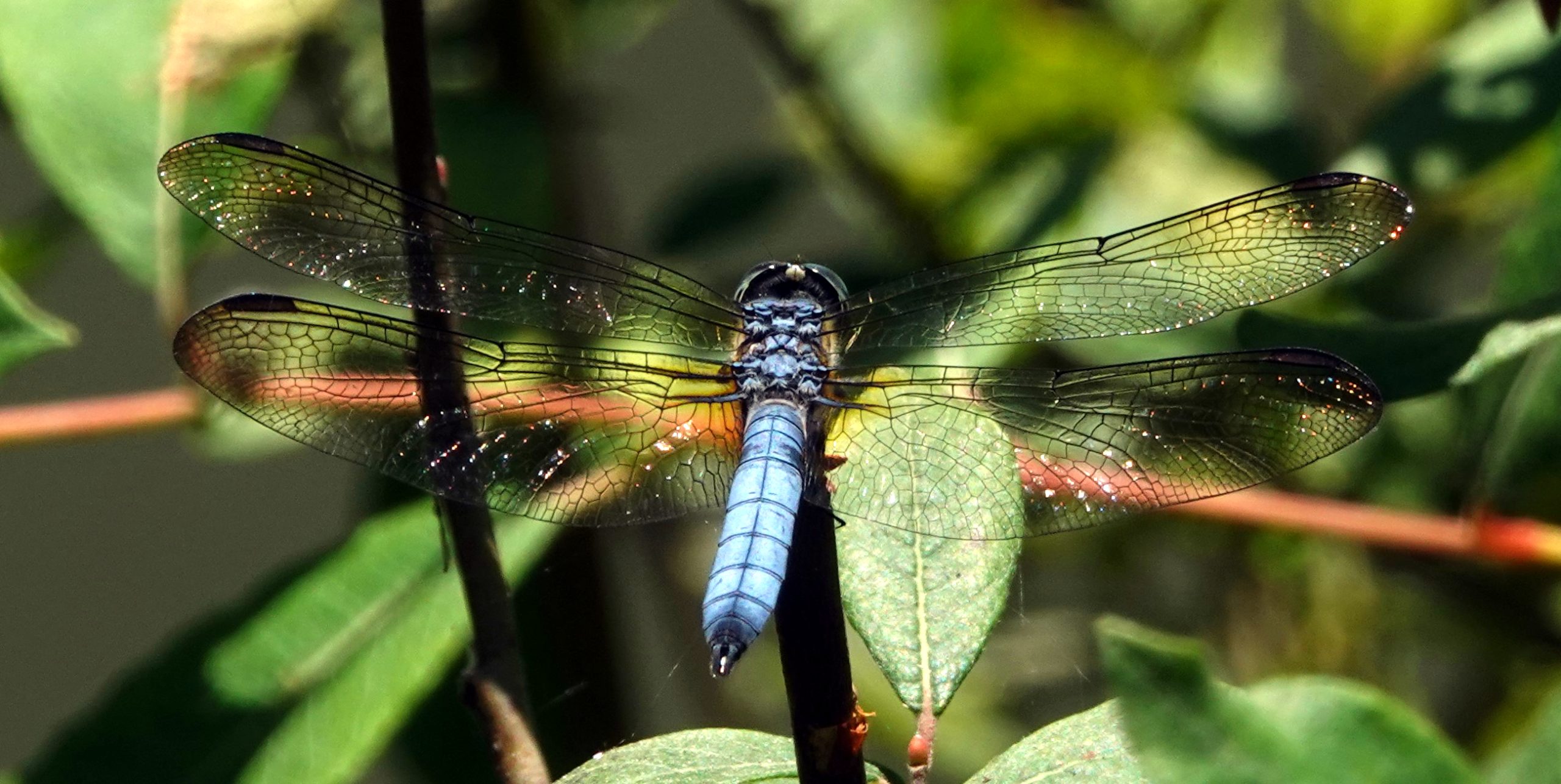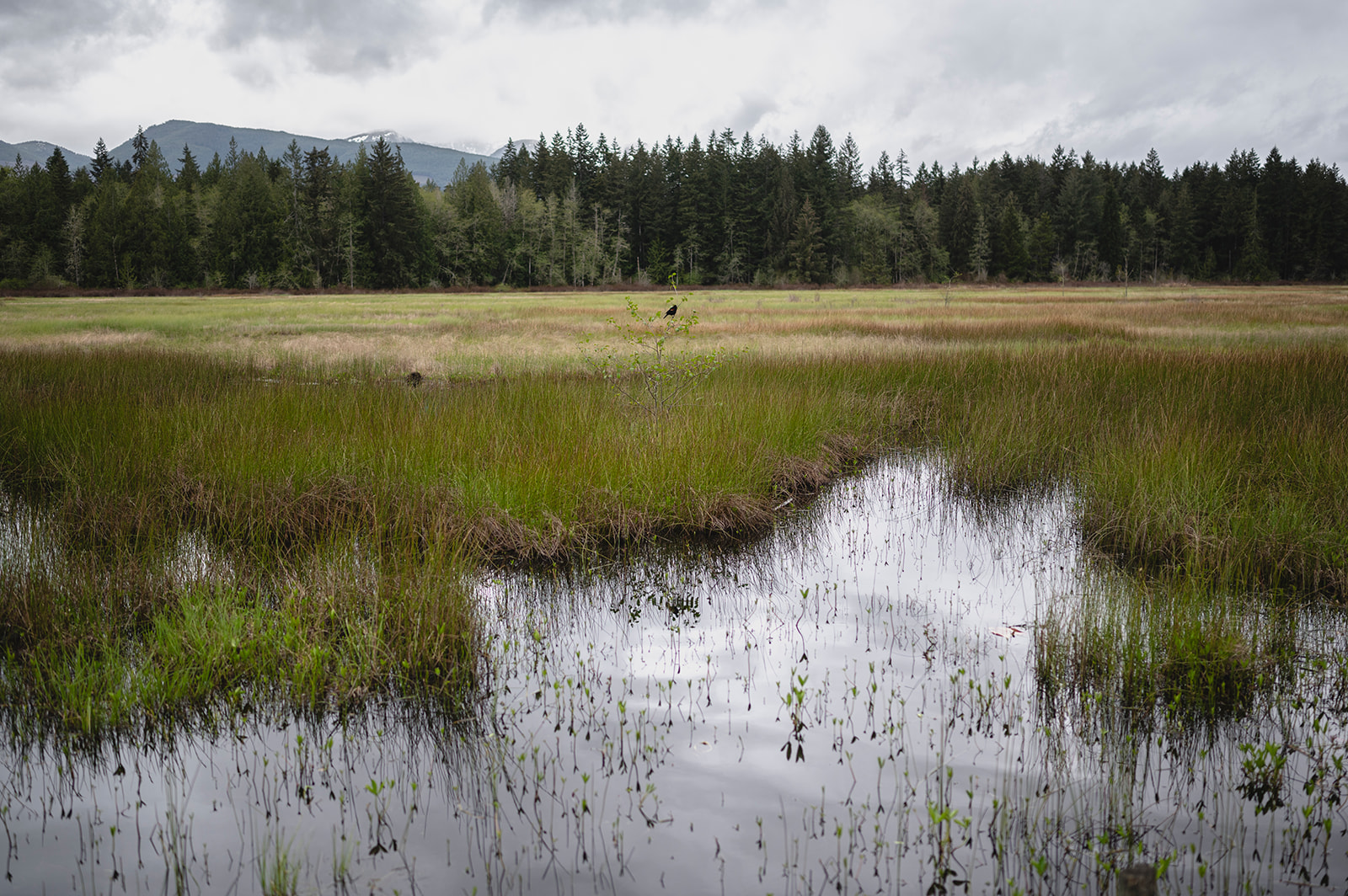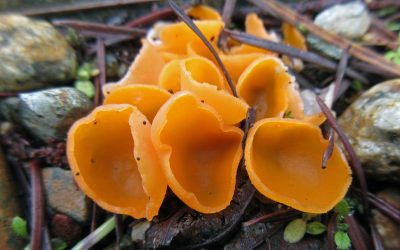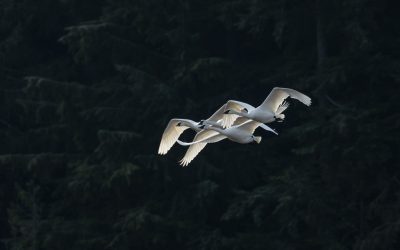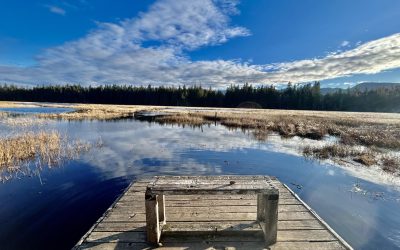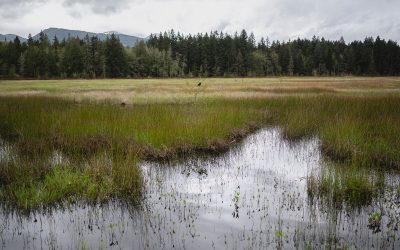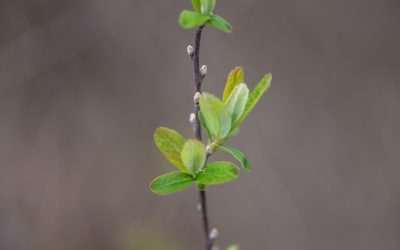Hamilton Marsh
HAMILTON WETLANDS AND FOREST PRESERVATION SOCIETY5 minutes from Qualicum Beach
Hardest Working Largest Wetland complex supporting wildife and humans alike!Hamilton Marsh is the most prolific waterfowl brood marsh on this part of Vancouver Island. It’s the largest body of water in the French Creek Watershed on which thousands depend and also contributes to the Little Qualicum Watershed. Over 120 species of birds have been recorded there. A paper has also been published regarding dragonflies there: The Odonata of Hamilton Marsh.
Most importantly it is privately owned and for many decades the community has wanted the entire 360 hectares kept as a wildlife preserve.
Watch our movie
Several years ago a group of engaged citizens and kids who love Hamilton Marsh and see its values – put together this amazing video.
We hope that you can see why we want to save the entire wetland ecosystem – the whole 360 hectares.
Where is Hamilton Marsh Located?
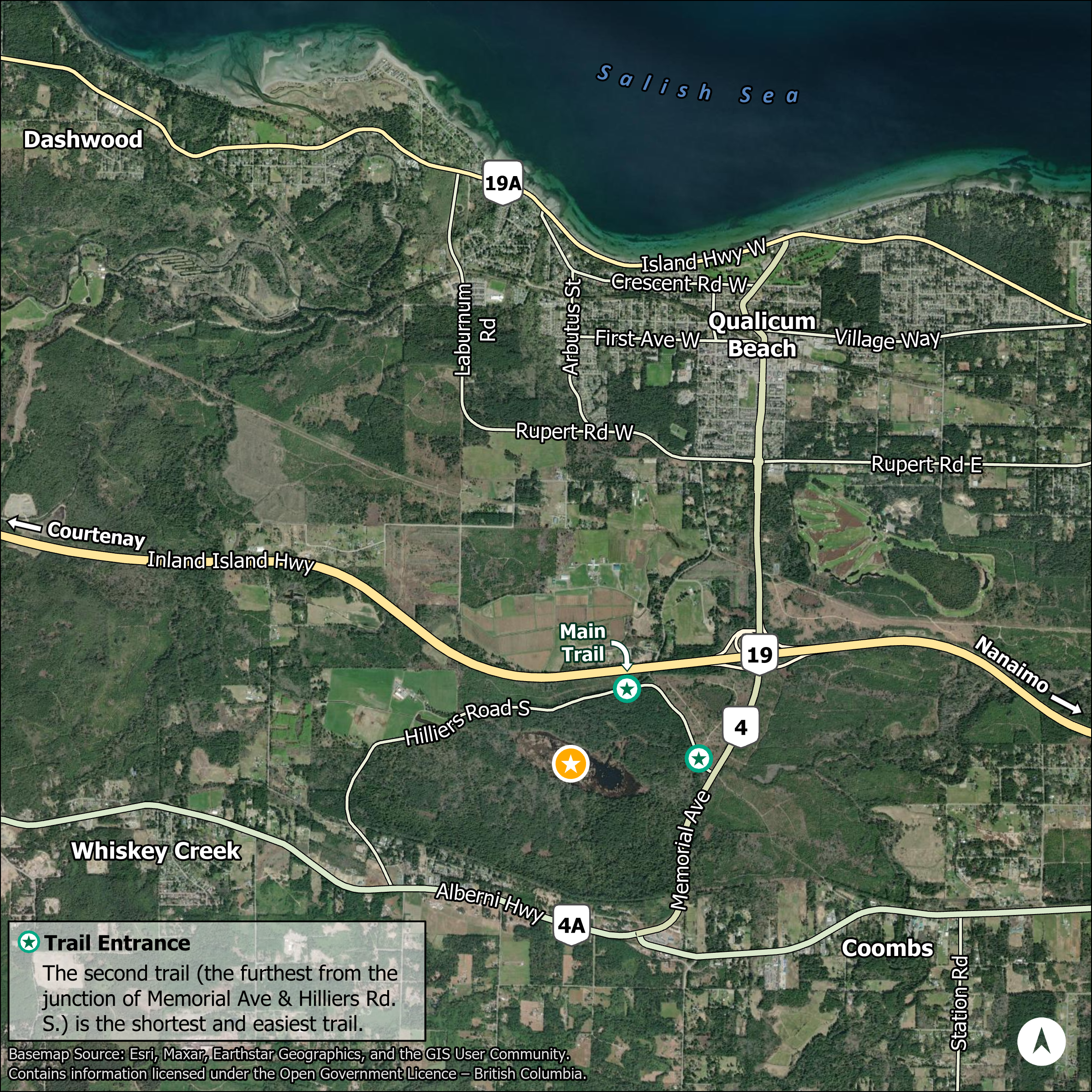
Preserve the entire 360 ha ecosystem
As the population in our region continues to grow and displace
native species, protecting critical habitats for flora, fauna, and ecosystem services, including water security, is of the utmost importance.
Hamilton Marsh and surrounding wetlands represent the largest body of water in the French Creek Watershed on which thousands of residents rely. Hamilton Marsh is also the most prolific waterfowl brood marsh on this part of Vancouver Island and provides habitat for many species of wildlife.

About Us:
The Hamilton Wetlands & Forest Preservation Society is a non profit society “To support all the stakeholders in preserving Hamilton Marsh and the 360 ha’s that surround it. We share this dream with many other stewardship groups in the area due to its importance to watersheds, wildlife, and the future.”
Let’s preserve the entire 360 hectares!
We exist for the following purposes:
“To conserve, protect, enhance, and maintain the ecological integrity of the 360 hectares of lands that comprises the Hamilton Wetlands and Forest; To raise awareness and educate the public on an ongoing basis through providing a centralized platform for communication and participation about the essential values that wetlands and forests provide for wildlife and climate change mitigation.”
OUR VISION:
To conserve, protect and maintain the ecological integrity of the 360 hectares that comprise the Hamilton Wetlands and Forest.
OUR MISSION:
To integrate conservation and education for a sustainable future for the 360 hectares. The Society’s goal is to ensure that the ecological integrity of the lands is maintained in perpetuity, and to ensure a sustainable future for all species and humans that depend on the land and the ecosystem services it provides.
OUR MANDATE:
To work towards fulfilling objectives that support:
-
- Conservation of biodiversity
- Research and education opportunities
- Social well being and connection to nature
- Partnerships with First Nations
The 360 hectare boundary
As you can see 360 ha’s is a big ask! By comparison, Stanley Park in Vancouver is 405 hectares in Size.
We aren’t looking for another Stanley Park. It’s our hope to preserve as much of the interlocking ecosystems as possible, so the wetland can keep providing water storage and filtration values to both the French Creek watershed and the Little Qualicum Watershed. Wildlife habitat is equally important! The larger wetland and the vernal pools around it contribute to the hydrology of the whole piece of land.
Biodiversity in the Hamilton Wetlands Ecosystem
Click on the posts below to find out more! Some say we can’t afford to preserve the whole thing. We think we can’t afford not to!
Flora and Fauna
Plants and Fungi observed at Hamilton Marsh, Master List 2015 to 2018: Hamilton Marsh has the distinction of being a well studied area. Terry Taylor has put together this comprehensive list of plants and fungi observed in the area....
Wildlife in and around Hamilton Marsh
Wildlife, Birds, Dragonflies, and Red and Blue Listed Species abound within the Hamilton Wetlands Ecosystem. One third of Canada’s species at risk depend on wetlands for all or part of their lifecycle.* Birds: Hamilton Marsh is the most productive waterfowl breeding...
Water
Hamilton Marsh is the largest body of water in the French Creek Watershed on which thousands depend. “LITTLE HAMILTON MARSH" It’s the largest body of water in the French Creek Watershed The wetland is 36 hectares in size within 360 hectares of forest. “Little...
Wetlands as Infrastructure
“Wetlands help to reduce the level of sediments, nutrients and toxic chemicals in the water. Learning from natural wetlands, many communities now use biofiltration wetlands to remove urban and agricultural contaminants before they enter streams. (In the year 2000)...
Vernal Pools
"Small, seasonal wetlands are important habitats for amphibians, which live in "metapopulations" - i.e., interconnected subpopulations that together sustain the overall population via dispersal between habitat patches, especially in years with unpredictable weather...
Water
Did you know that Hamilton Marsh is the largest body of water in the French Creek Watershed on which thousands rely AND it contributes to the Little Qualicum Watershed as well? Wetlands are an incredible biofiltration system and helpful in times of drought and flood.
Click the link below for a water map and French Creek Watershed Study

Carbon sink
Did you know that wetlands are a powerful carbon sink? The more you find out about the power of wetlands and the need to preserve them the better. Hamilton Marsh is surrounded by vernal pools – a form of wetland. Check out this YouTube video from Ducks Unlimited.
Most Prolific Waterfowl Brood Marsh
One of the biggest challenges for bird species is the disappearing habitat and nesting sites. Hamilton Marsh is the largest waterfowl brood marsh on central Vancouver Island. Click the button to read the report of Breeding Waterbirds on Mid Vancouver Island Lakes and Marshes – 1981 and 1996.
The Odonata of Hamilton Marsh (Dragonflies)
This report contains many interesting facts such as the ecosystem and the make up of the wetland itself. Dr. Rob Cannings formerly of the Royal BC Museum is an expert on this subject matter, as is his co-writer John Simaika.
